Phoenix Tests Water Shutoff Alternative
Before the pandemic, the city had started installing a device that severely limits water flow into homes that are behind on bills. Other utilities are interested.
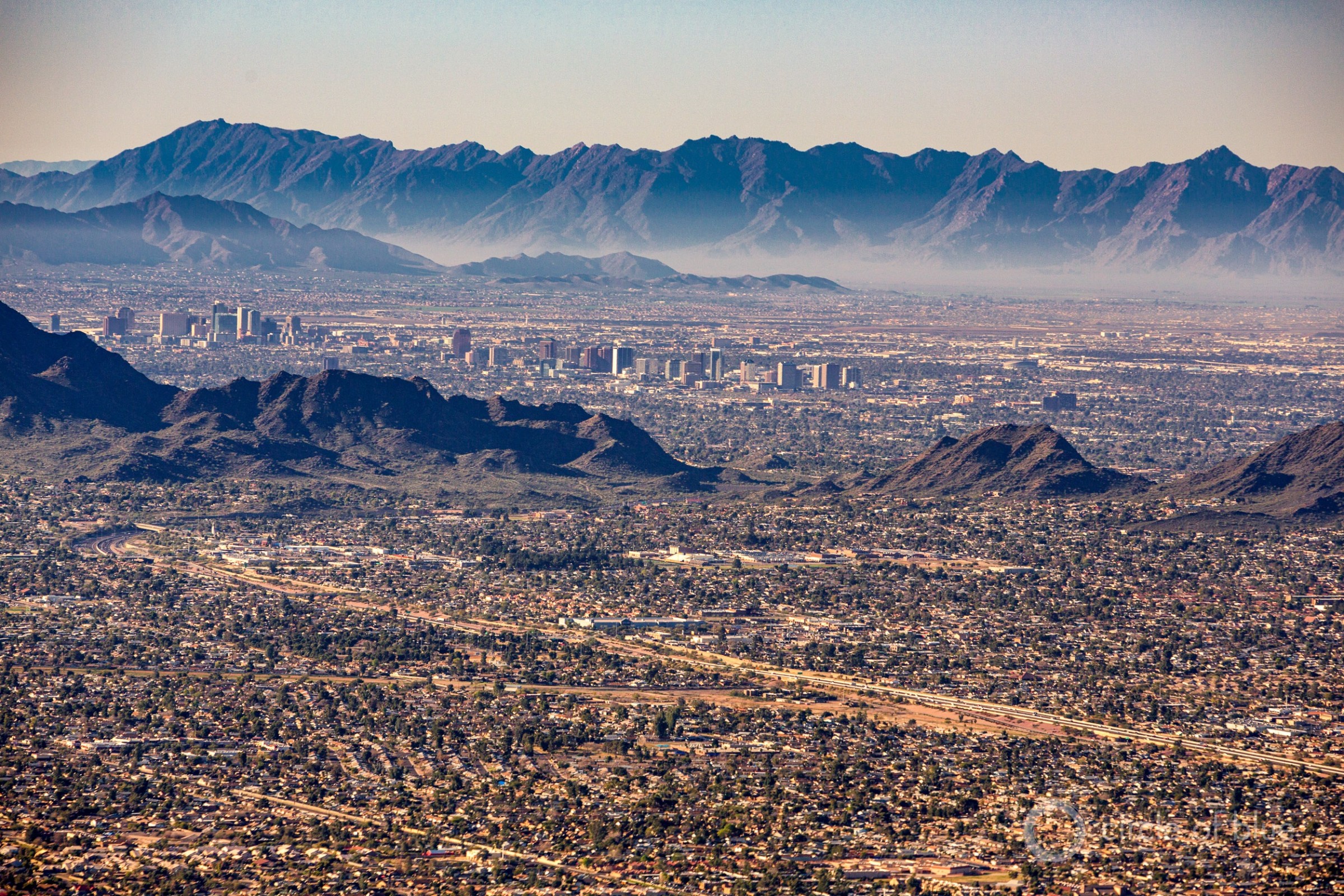
Before the pandemic happened, Phoenix Water Services Department began testing an alternative to shutting off water to homes that were behind on their bills. Photo © J. Carl Ganter/Circle of Blue
By Brett Walton, Circle of Blue
The disk is small and compact, no bigger across than a quarter. But Kathryn Sorensen and the staff at Phoenix Water Services Department think the little device — and the pinhole in its center that severely constricts water flow — could address one of the utility’s most vexing problems.
Inserted where the meter connects to the service line, the device cuts the flow of water into the home to a trickle. Phoenix, which began using the devices in early March, only to remove them a few weeks later once the pandemic happened, believes it is the first U.S. utility to use flow restrictors instead of shutting off water to households that are behind on their bills.
Sorensen, the director of Phoenix Water, views flow restrictors as a middle ground that preserves the utility’s ability to make sure that bills are paid, while not completely cutting off service to those who don’t. It’s a balancing act required of utilities across the country, which, in addition to the rising cost of water, have customers who are now dealing with the coronavirus, an economic recession, and the worst unemployment since the Great Depression.
We’re hoping this is a reasonable compromise.” Kathryn Sorensen, Phoenix Water
“We’re moving to a world where disconnections are more and more problematic,” Sorensen told Circle of Blue, acknowledging the consequences for hygiene and health. “We’re hoping this is a reasonable compromise.”
Most water utilities — and Phoenix previously — turn water off to households and businesses that do not pay their bills. Many have suspended that practice during the pandemic. Utilities justify shutoffs as financial self-preservation: a tool to ensure that customers pay for the service and the utility has enough revenue to operate. Utilities generally cover their costs through customer payments.
But shutoffs are also controversial. The counter argument is that disconnecting water deprives the poorest residents access to a necessity that the United Nations has determined is a human right. Handwashing and hygiene requirements have become more pronounced in the last four months as the coronavirus has turned a spotlight on health and environmental inequalities in this country.
Even before the pandemic, Phoenix Water had initiated a period of self-evaluation, reviewing its operating procedures for fairness and equity, Sorensen said.
As part of the initiative, the water department started tinkering last year with flow restrictors, which Sorensen had heard about from jurisdictions in Australia and in Cape Town, where another version of flow management devices were used to enforce mandatory conservation during the city’s water crisis in 2018. The devices in Cape Town shut off flows after a home exceeded a certain volume of water.
Water department staff designed and tested their own prototypes — initially made from a fibrous material and then stainless steel — before contracting out the manufacturing. The department’s citizen advisory committee endorsed the trial run.
“The important thing for me is the flow restrictors are an excellent alternative for the utility to address delinquent accounts and to be conscious and equitable for public health,” Dave White, chair of the citizen advisory committee, told Circle of Blue. White is also the deputy director of the Julie Ann Wrigley Global Institute of Sustainability at Arizona State University.
The water department started installing the flow restrictors in early March at the roughly 600 homes where water was off at the time. Flyers, door hangers, and mail inserts informed the homes about what was happening, said Troy Hayes, the department’s assistant water services director. The devices were deployed only in single-family homes. The department serves about 396,000 residential accounts.
The experiment lasted only a few weeks. Revenue enforcement took a back seat as the pandemic underscored the immediate need for adequate water. Sorensen, acting on her emergency powers, suspended penalties for late payments. The flow restrictors were removed and water service was restored to the 600 homes.
“We didn’t have much of any response from the community,” Hayes, the assistant director, told Circle of Blue about the trial run.
‘It’s Certainly Not Convenient’
The flow restrictor experiment is an extension of Phoenix’s generally sensitive approach to the complexity of supplying water to a large and diverse community in a harsh climate. The utility’s tiered rates ensure inexpensive water for those who use water sparingly. Phoenix has the most affordable water rates of the 30 U.S. cities in Circle of Blue’s pricing survey.
Phoenix also has a fund for helping needy families with their bills, and a program that replaces leaky plumbing and inefficient fixtures for low-income households. The flow restrictors were part of a package of recommendations — including an increase in the customer assistance fund and lowering fees for late payment — that the citizen advisory committee sent to the water department and City Council in June.
For every step forward, there’s a hurdle. Even though water rates are affordable, water is included in Phoenix on the same bill as sewer and garbage. The cost of these services combined, plus city taxes on top, could be too much for a family in financial distress. The burden of enforcing payment falls to the water department, not trash collectors.
And how many families whose water is turned off actually need financial help? Unless the family makes a request, utilities have a difficult time knowing who is not paying because they can’t afford water and who is simply forgetful, on vacation, or unwilling to pay.
To get at that answer, Phoenix Water is working with the analytics company Xylem to get ahead of the curve. Together they are studying whether payment and consumption patterns could predict which homes might soon face a shutoff. Instead of reacting to a crisis, the utility could then extend a hand before trouble strikes. Sorensen said the analysis is ongoing and there are no results yet to report.
It’s this question of bad actors — those who can afford to pay but would take advantage of a utility that wields no stick to enforce payment — that drives utility policy around shutoffs, said Stacey Isaac Berahzer, chief executive of IB Environmental, a consulting firm that has supported Phoenix with its customer assistance program.
The point of a flow restrictor is to act as a softer stick than a shutoff, she said.
Berahzer outlined a main argument from advocacy groups against the devices. Though better than no water, severe restrictions fail to uphold human dignity. Water is reduced to a trickle. Tasks that used to take seconds, now take much, much longer. The penalty is time.
The numbers bear that out. The 1.3 millimeter hole in the Phoenix device is calibrated so that water flow is limited to 0.4 gallons per minute, said Jim Swanson, deputy director of meter field operations. The maximum flow rate through a typical residential meter is between 20 and 30 gallons per minute, though the rate at the faucet is much lower.
In practice, the change is dramatic. Under normal circumstances filling a glass of water would take about two seconds. With a flow restrictor the interval swells to 20 or 30 seconds, Swanson said. Showers become splash baths. It’s a “subsistence level of water,” as White said. But not enough for uses like filling a pool and watering a lawn.
“It’s certainly not convenient,” Berahzer told Circle of Blue. “That’s the idea behind it.”
There’s a Market for That
The experiment has flown under the radar, but it has not gone unnoticed. Hayes said that about a half dozen utilities contacted Phoenix to inquire about the flow restrictors.
Phoenix developed its own devices, but for utilities interested in the concept, flashier options are just now coming on the market.
Two leading water equipment manufacturers — Badger Meter and Mueller Systems — sell meters that incorporate technology that allows utilities to shut off water remotely, via a cellular signal.
“There’s definitely a lot of demand,” Tasha Weston, Badger Meter’s product manager for residential meters, told Circle of Blue.
Representatives from Mueller Systems did not return calls and emails.
Badger’s E-Series Ultrasonic Plus model, which launched earlier this year, comes with three pre-set options: open, closed, and partially closed.
The partially-closed setting restricts flows to 0.35 gallons per minute, a rate in line with Phoenix’s DIY device.
Badger selected that flow rate in consultation with utilities, Weston said. They wanted another option besides closed.
Even the closed setting on the E-Series Ultrasonic Plus is not absolute. An eighth of a gallon per minute can get through, Weston said. That’s about one-third the rate of the partially-closed setting.
The design is pitched as a cost saver, said Weston. With remote access utilities will not have to send a truck and crew to someone’s home to turn off water. There is a significant upfront expense, though. Badger’s plus model, at $500 to $600 per meter, costs three times more than the basic E-Series.
At this point, utilities are lining up to sample the product. But they are not yet making bulk purchases.
“They want to try before they buy,” John Fillinger, Badger’s director of utility marketing, told Circle of Blue.
Phoenix is one of the utilities testing the Badger model. Swanson said that it is an expensive choice for a function that might not be used very often.
For the time being, Phoenix is keeping the water flowing to all homes, Sorensen said. “As long as Covid is rampant, we intend to make sure people have access to safe and clean water.”
This article has been updated since first posted to clarify Stacey Isaac Berahzer’s comments on flow restrictors.
Brett writes about agriculture, energy, infrastructure, and the politics and economics of water in the United States. He also writes the Federal Water Tap, Circle of Blue’s weekly digest of U.S. government water news. He is the winner of two Society of Environmental Journalists reporting awards, one of the top honors in American environmental journalism: first place for explanatory reporting for a series on septic system pollution in the United States(2016) and third place for beat reporting in a small market (2014). He received the Sierra Club’s Distinguished Service Award in 2018. Brett lives in Seattle, where he hikes the mountains and bakes pies. Contact Brett Walton

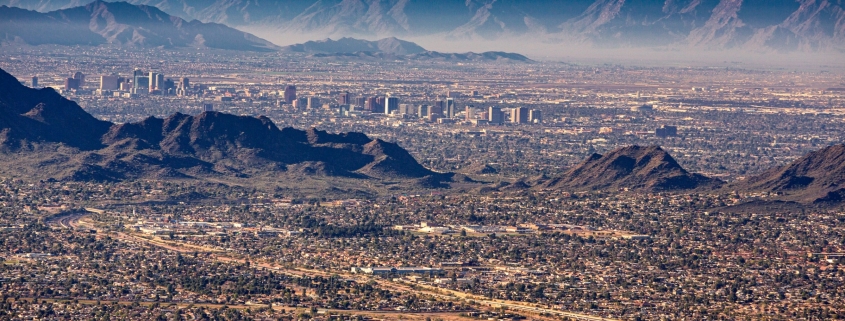


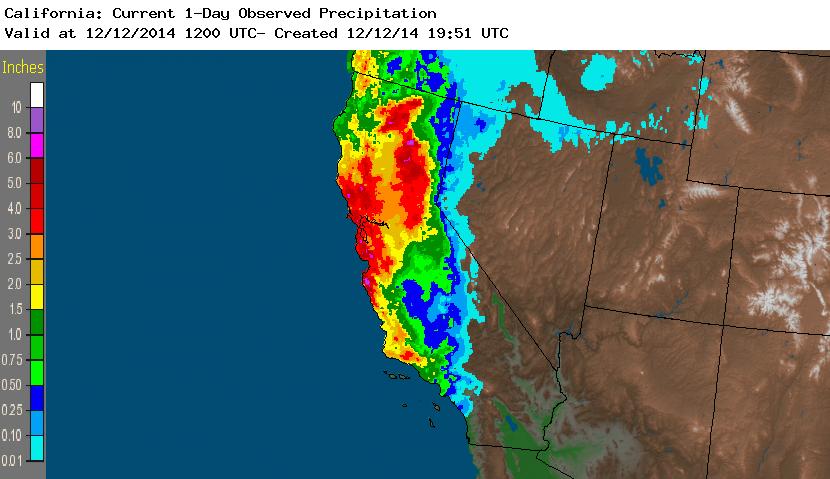
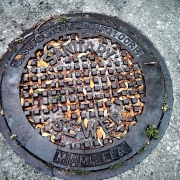
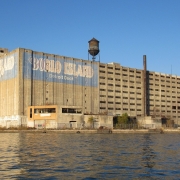

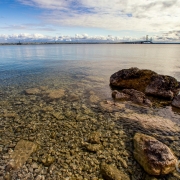



Leave a Reply
Want to join the discussion?Feel free to contribute!